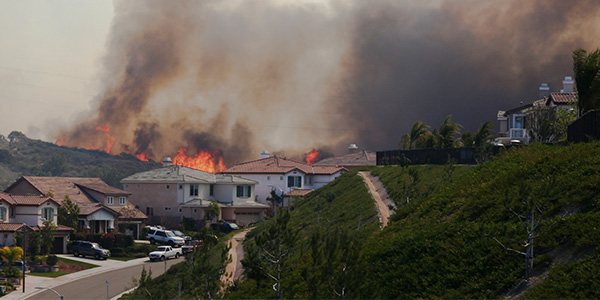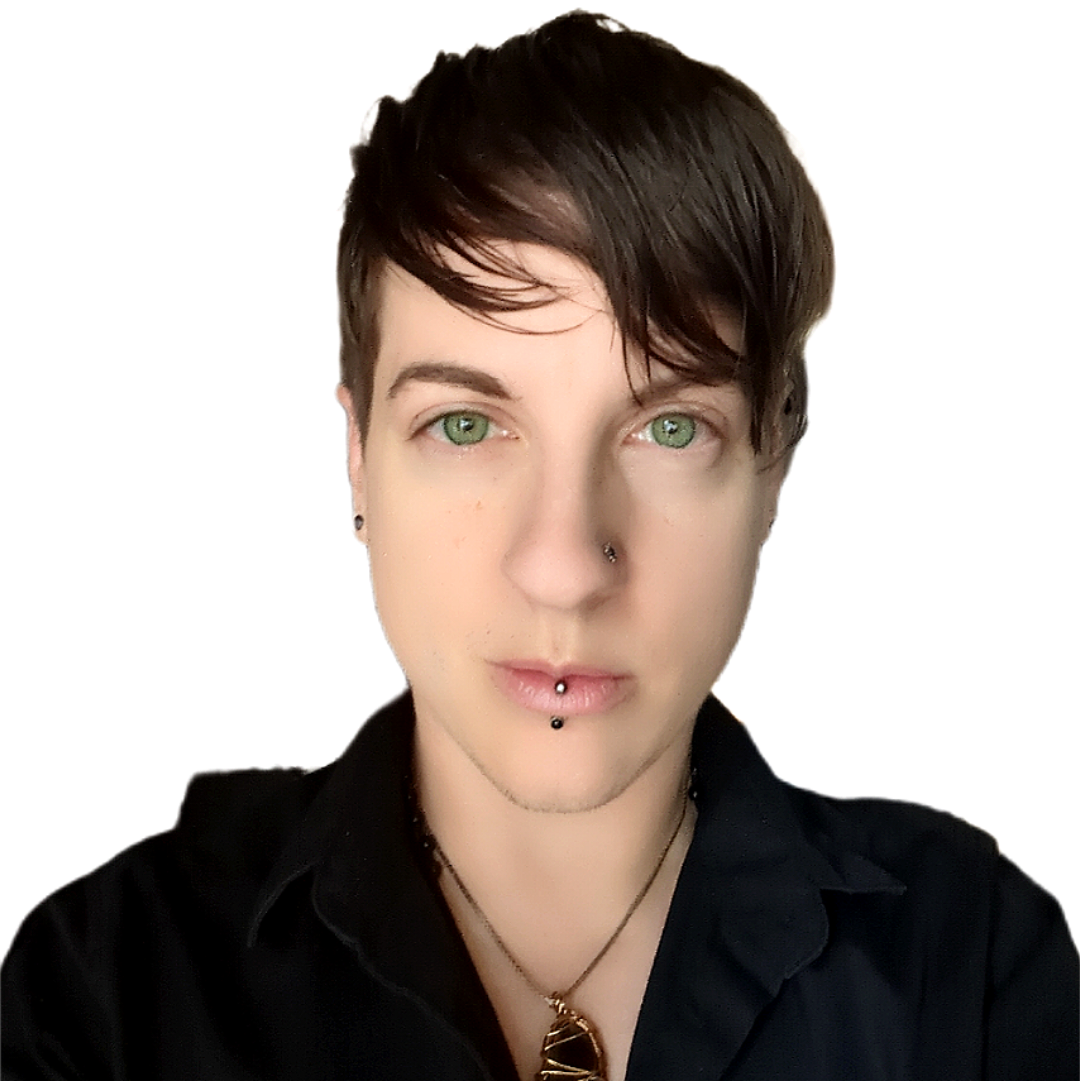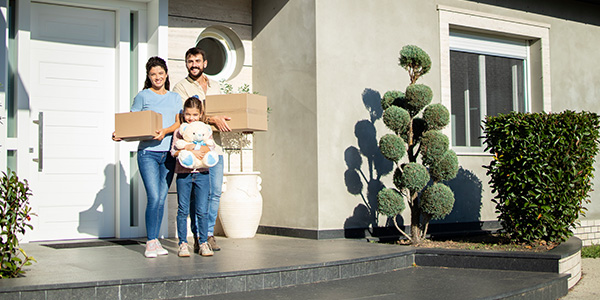Homeowners
Disaster Awareness: How to Protect Your Home From Wildfires
November 13, 2024
As wildfires increasingly tear through communities, devastating lives and homes, there are steps homeowners can take to help to protect their properties.
There are more than 2.6 million homes at risk for wildfire damage across the nation, according to the 2024 wildfire risk report published by real estate data provider CoreLogic.
Fourteen states have moderate or high risks of wildfires. California has the highest number of vulnerable homes, followed by Colorado, Texas, Oregon, and Arizona. And wildfire risk is expected to continue to increase as climate change continues.
One of the most important things homeowners and potential buyers should know is if they are in an area that is more vulnerable to wildfires.
Online tools can help you to understand your risks. Wildfire Risk to Communities, created by the U.S. Department of Agriculture’s Forest Service, helps residents search their areas, while First Street, allows users to search their addresses.
“There are more areas that are prone to wildfire than people generally think,” said Steve Hawks, who is the senior director for wildfire at the Insurance Institute for Business & Home Safety (IBHS).
What to consider if you are moving to an area that is at risk for wildfires
The first thing to consider when you’re moving to an area that is at risk for wildfires is how accessible the property is in case there is a wildfire and you need to be able to leave, according to Hawks.
Are there evacuation routes you can easily access? Do local authorities already have evacuation plans?
The next step is to evaluate the home and the property immediately around it. How old is the home? Is it constructed with materials that are more resistant to wildfires? Is the home surrounded by brush, trees, or other things that will burn easily?
Once you understand the risks to your home and property, you can decide if this is the right home for you and if so, what you may need to do to make it safer.
How to make your home more resistant to wildfires
It is impossible to make your home 100% fireproof. However, there are steps you can take that will make your home more fire resistant.
Create a five-foot buffer zone
You can start by creating a five-foot buffer around the home itself. This means removing anything flammable, such as plants, wood mulch, fencing made of wood or other combustible materials, storage structures like sheds, and any parked items like your vehicles.
Homeowners should also safely store any flammable items.
“We think of the fuel as anything that can burn,” said Hawks. “Sheds, fences, play sets, natural and ornamental vegetation. But there's other things in there too, like your recycling and yard waste receptacles and trash bins.”
“If they're close to the house and they ignite, then that potentially could then allow the fire to get to the house,” he said.
Sealing your home from the roof to the ground

To make your home more fire resistant, you want to look at the flammability of the materials it was constructed with and address any vulnerabilities.
Different roofs have different fire ratings. The “Class A” roof has the highest resistance to wildfires. These roofs are generally made of shingles or clay tiles or some other highly fire-resistant material.
Next look at your gutters. Metal is often better than vinyl, which isn’t as heat-resistant and more likely to melt. There may be combustible materials inside of gutters, like dried leaves. Having a metal gutter will let that material burn off without catching the home itself on fire.
Preferably, your home is also encased in fire-resistant materials. This means sealing in spaces like under your eaves and making sure your vents are resistant to embers.
You may also want to consider upgrading your windows, doors, and siding to fire-resistant materials.
“The home is only as resilient as the weakest link in the system of things that work together to provide the highest level of protection from a wildfire,” said Hawks.






 Smart Moves Start Here.
Smart Moves Start Here.